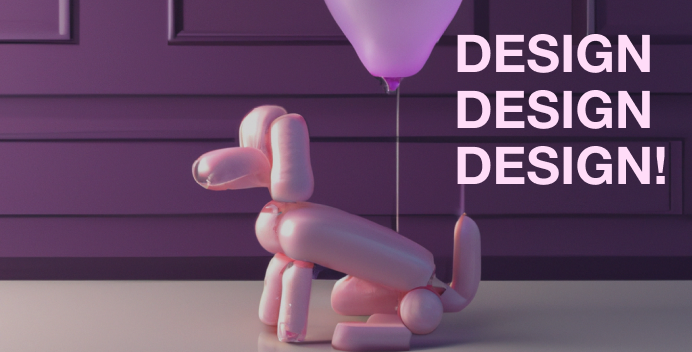Leveraging AI to Transform User Experience in Design
Written on
Introduction to AI's Role in User Experience Enhancement
Welcome to the ongoing series, Design Design Design! Here, we delve into diverse design topics, offering insights for both novices and experienced professionals.
As technology evolves, integrating artificial intelligence (AI) into user experience (UX) design is becoming more prevalent. AI has the potential to deliver crucial insights and streamline repetitive tasks, thereby creating a more tailored and efficient user journey. However, it’s essential to weigh the advantages and challenges that come with integrating AI into UX design.
The Advantages of AI in UX Design
One significant advantage of employing AI in UX design is its capacity for personalization. By examining user data, AI can generate customized recommendations and adapt the interface to suit individual preferences. This personalization often results in enhanced engagement and satisfaction with the product or service. For instance, Spotify’s Release Radar offers a customized playlist based on my music tastes.
Additionally, AI can automate routine tasks such as data assessment and user testing. This automation frees up UX designers to focus more on the creative elements of the design process, fostering innovative and effective solutions.
The Challenges of AI in UX Design
Despite its benefits, using AI in UX design presents certain challenges. One major concern is the financial investment and resources required for AI implementation, which can pose a considerable obstacle for small businesses and startups.
Another challenge lies in the potential for bias in the data employed to train AI models. This bias can result in a subpar user experience for specific demographics, highlighting the importance of using diverse and representative data sets in AI training.
Best Practices for AI Integration in UX Design
When integrating AI into UX design, prioritizing the user’s needs and objectives is crucial. The goal should be to enhance the user experience, not diminish it.
Furthermore, it is essential to test AI applications with a broad user base to ensure inclusivity and accessibility for everyone, including users with disabilities.
Ethical considerations also play a vital role. Transparency about AI usage and obtaining user consent prior to collecting or analyzing personal information are important practices to uphold.
Will AI Take Over UX Design Jobs?
While AI can automate certain functions and provide insightful data, it is improbable that it will fully replace UX designers. AI serves as a tool to assist in the design process, but the core responsibility of a UX designer is to comprehend user needs and create effective solutions.
UX designers will need to evolve and learn to collaborate with AI, yet the unique human insight and creativity they contribute will remain indispensable.
Conclusion
